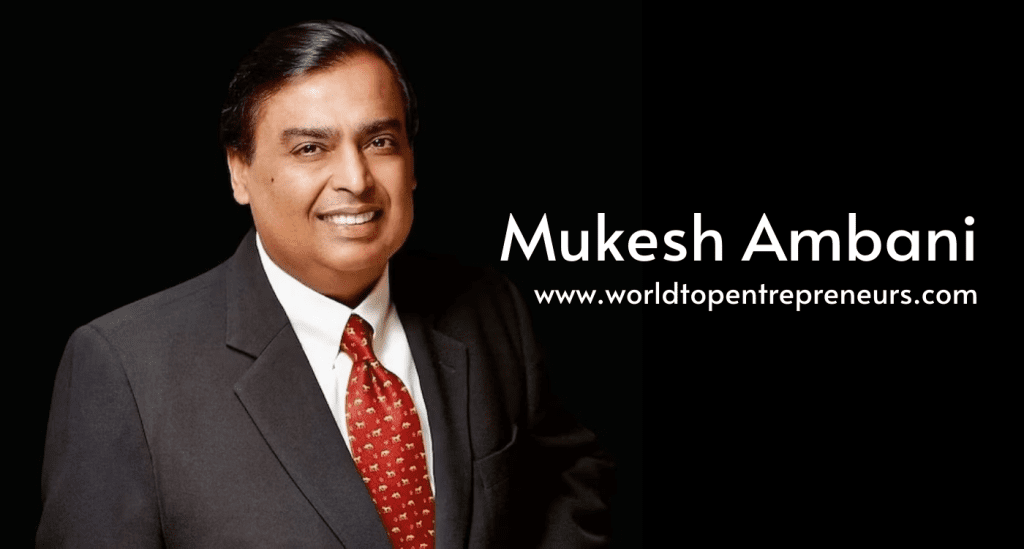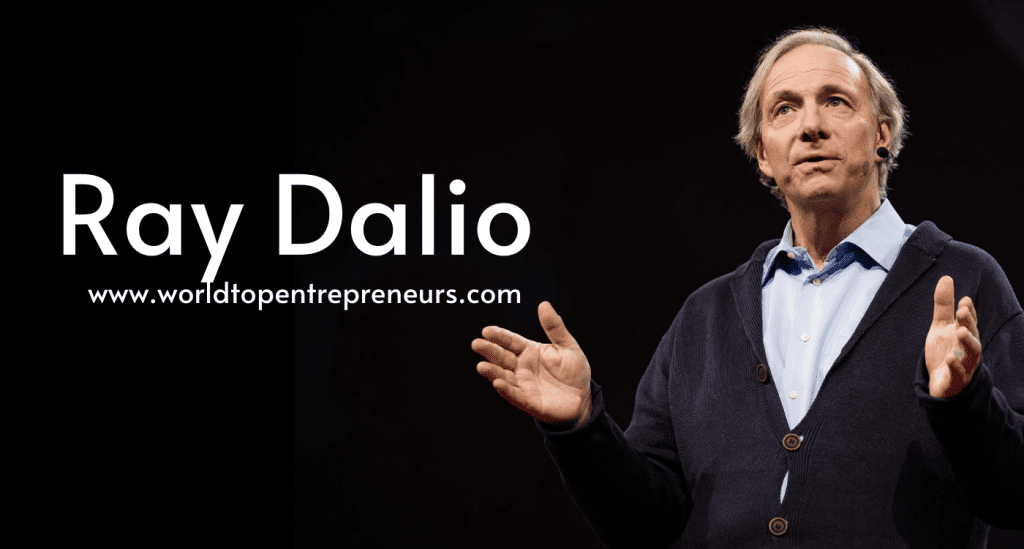Dhirubhai Ambani, the founder of Reliance Industries, is widely regarded as one of India’s most visionary entrepreneurs. His journey from a small town in Gujarat to becoming one of the wealthiest men in India is a story of perseverance, innovation, and sheer determination. Through Reliance, he transformed India’s business landscape, making it one of the most formidable conglomerates in the world. This blog will dive deep into Dhirubhai Ambani’s entrepreneurial journey, his educational and business background, the struggles he faced, the milestones he achieved, and the success of his companies.
Early Life and Educational Background:
Dhirubhai Ambani was born on December 28, 1932, in a small village called Chorwad, located in the Saurashtra region of Gujarat. Coming from a modest background, Dhirubhai’s family had limited financial means. His father, a school teacher, was dedicated to the education of his children, but the family’s economic situation meant that formal education was often a luxury.
Ambani’s early education took place at the village school, where he demonstrated exceptional academic potential. However, financial constraints led to his discontinuation of formal schooling. At the age of 16, Dhirubhai moved to Yemen in search of better opportunities. There, he worked as a clerk for A. Besse & Co., a trading firm. This experience exposed him to the world of business, and he began honing the skills that would later define his entrepreneurial journey.
The Birth of Reliance Commercial Corporation:
Dhirubhai Ambani’s entrepreneurial journey began in the early 1950s when he returned to India and started his first business. He founded Reliance Commercial Corporation in 1966, initially as a small textile trading firm. The company began by importing yarn and selling it to local manufacturers. At this stage, it was a relatively humble operation, but Dhirubhai had big dreams of creating something much larger.
Overcoming Early Struggles:
The initial years of Dhirubhai’s business were filled with struggles. He did not come from a wealthy or influential family, and the Indian business environment was challenging for an outsider like him. He faced difficulties in securing capital, building relationships, and establishing credibility. However, Ambani’s resourcefulness, along with his ability to take calculated risks, enabled him to navigate these challenges.
One of his major breakthroughs came when he managed to secure a deal to manufacture and sell polyester yarn. This move was pivotal, as polyester was a relatively new fabric in India at the time. Despite facing resistance from established players in the industry, Dhirubhai Ambani’s Reliance Textile Industries successfully capitalized on the growing demand for synthetic fabrics, helping to position the company for rapid growth.
Pioneering Innovation in Business:
Ambani’s entrepreneurial spirit was characterized by a series of innovations, particularly in terms of business practices and strategies. He was one of the first to realize the potential of the Indian stock market as a tool for raising capital and expanding his business. Dhirubhai was known for his aggressive approach to raising funds through public offerings. He successfully launched the IPOs of Reliance Industries in the 1970s, at a time when stock market investments were not commonplace in India.
One of his most innovative strategies was his ability to integrate backward and forward. He ventured into petrochemicals, refining, and telecommunications, which allowed Reliance to have complete control over its supply chain. This strategy not only ensured stability for the company but also helped Reliance become a dominant player in multiple sectors.
The Rise of Reliance Industries
Over the years, Dhirubhai expanded Reliance into a conglomerate with diverse interests. By the 1980s and 1990s, Reliance had firmly established itself as a leader in petrochemicals, textiles, and refining, among other industries. His decision to focus on high-growth sectors such as oil and petrochemicals proved to be a game-changer.
- Petrochemicals: In 1990, Reliance entered the petrochemical sector by establishing a plant in Patalganga. The company’s success in this area led to its dominance in the Indian petrochemical market.
- Oil Refining: In 1992, Reliance set up one of the world’s largest grassroots refineries in Jamnagar, Gujarat. This venture was a defining moment in the company’s history, propelling Reliance Industries to new heights of success.
- Telecommunications: Dhirubhai Ambani’s vision also extended into the telecommunications sector, where Reliance Communications (part of the larger Reliance Anil Dhirubhai Ambani Group) became one of India’s leading mobile service providers.
- Retail and Other Ventures: Later on, Reliance also entered the retail sector with the launch of Reliance Fresh and other ventures, expanding its footprint in India and abroad.
Ambani’s Leadership and Management Style:
Dhirubhai Ambani’s leadership style was unconventional and often described as aggressive. He was known for his bold decision-making and for taking risks that others would shy away from. His focus on efficiency, innovation, and aggressive expansion allowed him to scale Reliance to unprecedented heights.
He also believed in empowering his employees and managers. Many of the key leaders in Reliance Industries were given considerable autonomy, which fostered a culture of entrepreneurship within the company. Dhirubhai’s leadership philosophy was rooted in the idea of creating opportunities for growth for everyone, not just the top brass.
Major Struggles and Challenges:
Despite his tremendous success, Dhirubhai Ambani faced numerous challenges throughout his career:
- Regulatory Hurdles: In the 1970s and 1980s, the Indian business environment was heavily regulated, with stringent licensing systems. Dhirubhai’s reliance on government permissions and licenses at times brought him into conflict with regulatory bodies.
- Competition and Market Dynamics: Reliance faced intense competition from domestic and international players in every sector it entered. Ambani’s ability to stay ahead of the competition and continuously innovate kept the company at the top of the game.
- Family Feud: The ultimate struggle for Ambani came after his passing in 2002. A power struggle between his two sons, Mukesh and Anil Ambani, led to the division of Reliance Industries into two separate entities: Reliance Industries Limited (headed by Mukesh) and the Reliance Anil Dhirubhai Ambani Group (headed by Anil). The split created significant challenges for the family but also opened up new avenues for growth for both brothers.
Legacy and Success:
Dhirubhai Ambani passed away on July 6, 2002, leaving behind a business empire that would go on to become a cornerstone of India’s economy. Today, Reliance Industries is one of the largest and most valuable conglomerates in India and globally, with interests spanning petrochemicals, refining, oil, telecommunications, retail, and digital services.
Under the leadership of his son Mukesh Ambani, Reliance has continued to grow, expanding into new areas such as e-commerce and technology. The company’s Jio platform, for example, revolutionized the Indian telecommunications industry, making internet access affordable and accessible to millions of people.
Conclusion:
Dhirubhai Ambani’s entrepreneurial journey is a testament to the power of vision, hard work, and determination. From his humble beginnings to his establishment of one of the largest business empires in the world, Ambani’s life is an inspiration to aspiring entrepreneurs. His ability to spot opportunities, innovate, and push boundaries transformed not just his own life but the business landscape of India itself.
Reliance Industries, as we know it today, is a global powerhouse, with its roots firmly grounded in the vision and perseverance of Dhirubhai Ambani. His story serves as a blueprint for aspiring entrepreneurs everywhere, showing that with the right mindset, anything is possible.





















